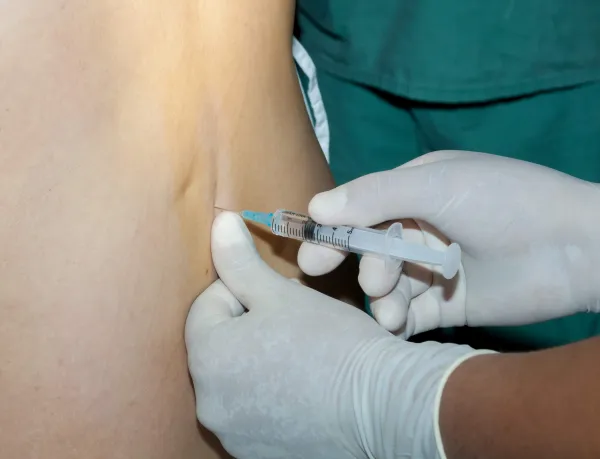Making Your Headache Diagnoses Count

Question: During a level-three evaluation and management (E/M) service for a new patient, the PM specialist diagnoses a patient with chronic, intractable cluster headaches. I am getting a headache myself looking at all the ICD-10 options. What is a cluster headache, and what ICD-10 code should I report? I thought a cluster headache was the same as a migraine, but it doesn’t appear to be that way. Minnesota Subscriber Answer: You’re right; cluster headaches are similar to migraines,. Tut they do have their own ICD-10 codes, however, so you’ll need to know how to identify them for proper diagnosis coding. First, we’ll start with the specifics. Based on the notes you provide, you should report G44.021 (Chronic cluster headache, intractable) to represent the cluster headache along with 99203 (Office or other outpatient visit for the evaluation and management of a new patient, which requires these 3 key components: A detailed history; A detailed examination; Medical decision making of low complexity … ) for the E/M service. Now, a little explanation on cluster headaches. You’ll report cluster headaches from one of the following code sets, depending on encounter specifics: According to mayoclinic.org, cluster headaches “occur in cyclical patterns or cluster periods, are one of the most painful types of headache … with intense pain in or around one eye on one side of your head.” “Bouts of frequent attacks, known as cluster periods, can last from weeks to months, usually followed by remission periods when the headaches stop.” According to mayoclinic.org, symptoms of cluster headaches include: If you see these symptoms listed, you might have a cluster headache diagnosis on your hands. If you have any doubt as to how to proceed, check with the provider about the proper ICD-10 code.




